
The sale of a Christian's soul to Satan is one of the most popular themes in world art. Most medieval authors, including Goethe, Wilde, Bulgakov, and many others, addressed this theme. Today, we perceive references to such a transaction as a figurative expression or a joke, but there was a time when things were different.
The very principle of obtaining any profit from the Enemy of Man by paying with one's soul was confirmed by official science back in 1398 by learned men of the University of Paris. Through research or logical conclusions unknown today, it was determined that the only means of payment for assistance
The devil's soul is the sole property. Options were ruled out, and even the Latin word maleficium (evil deed) was derived from maleficia (sorcery). The list of things one could obtain for this immaterial substance was quite extensive: wealth, power, wisdom, popularity with the opposite sex, and even immortality.
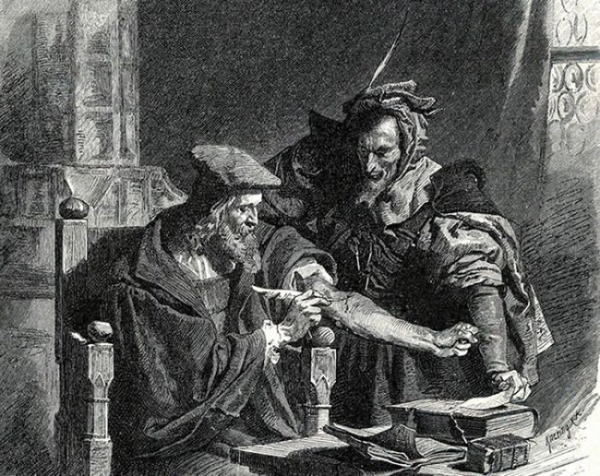
Everyone knows that contracts were signed in blood, and the deal was sealed with a “devil's seal,” which could take the form of a birthmark, a peculiarly shaped scar, or simply a pain-resistant spot on the skin. Searching for such marks was a favorite pastime of the medieval Inquisition, and, more often than not, it was successful. There are many marks on any person's body that, upon careful examination, could be interpreted as having a satanic origin.
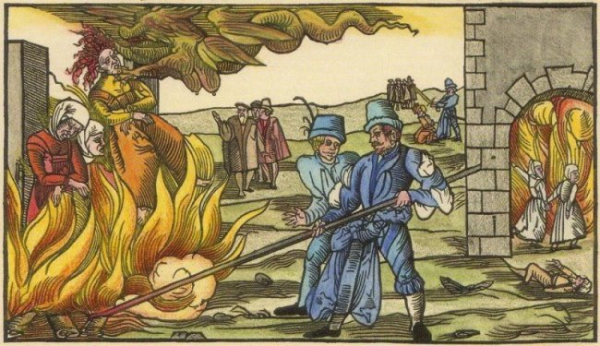
But even if nothing unusual was found on the body of a person accused of selling the most valuable thing to Lucifer, this was no reason to apologize and send them home. The inquisitors had a whole arsenal of excellent methods for exposing witches and sorcerers, leaving the accused virtually no chance of salvation.
The simplest method was to read the Bible in the presence of the suspect. If passages from this touching work of literature, so touching to all God-fearing people, didn't bring tears of tenderness to the subject, it was a sure sign of guilt. They could also force the suspect to recite the Lord's Prayer—anyone who recites the prayer from memory without a single hesitation is theoretically considered an honest Christian.
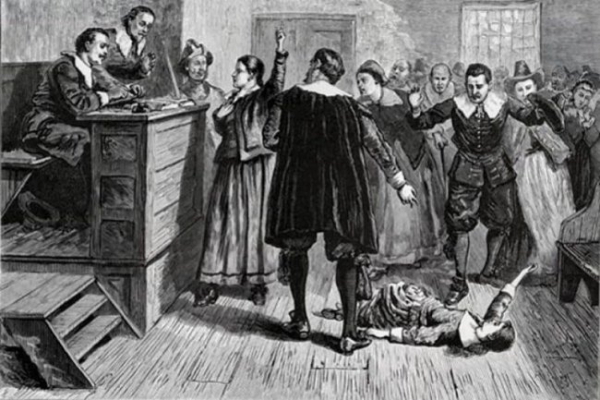
But it would be foolish to let the prey escape because of some simple prayer, so the tests usually continued. The most reliable and fully innocence-confirming test was to submerge a person underwater for a long period.
The elements were not receptive to the devil's spawn, and anyone who had sold themselves to Satan could not drown. However, if a person was pulled from a river or a tub drowned, this greatly increased their chances of posthumous vindication. However, such a person was of no further use to the innocent in this world.
All information concerning pacts with the devil was contained in witchcraft books called grimoires. The word comes from the Old French grammaire, meaning grammar. It was believed that there were several such books, the most famous of which were the Heptameron, or Elements of Magic, the Grimoire of Honorius, and the Key of Solomon.
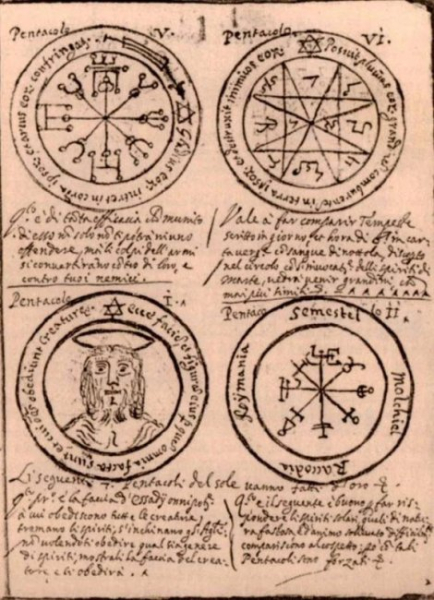
These tomes detailed how to summon the Devil, how to negotiate with him, and how to control various dark forces once one's soul was sold. Grimoires were considered partially living beings, as they had to be fed human blood.
Those uninitiated in the mysteries of black magic could not use grimoires. The books were written in the secret languages of black magicians, and outsiders were unable to see the secret writings, protected by magical spells, or could even burn themselves on the binding.
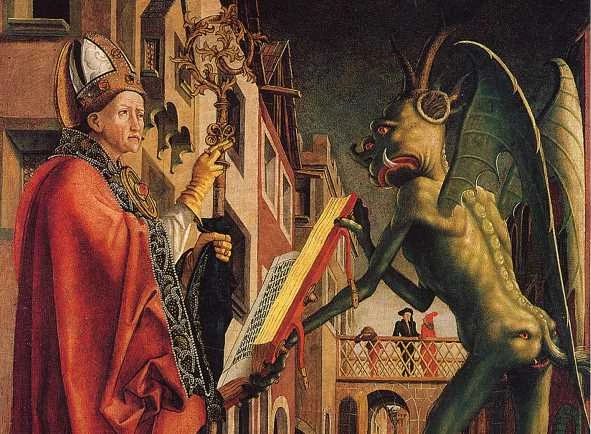
Confessing a concordat with Satan wasn't always extracted by force. Often, confessing and even flaunting connections with the master of Hell was part of the delusions of the mentally ill. A well-known example is the Austrian painter Christoph Haizmann, who wrote a strange document in 1669 that read:
I, Christoph Heitzmann, give myself to Satan to be his own blood son and to belong to him in body and soul for nine years.
Inspired by his delusional idea, the artist created one of his most famous paintings, the triptych “Pact with the Devil.” The left side of the painting depicts Haizmann's encounter with Satan, who appears with a contract to sell his soul in the guise of an ordinary, well-dressed townsman. Here, the artist signs the document in ordinary ink.

A Pact with the Devil. Christoph Haizmann, 1677–1678
The right panel depicts the Devil's second appearance, this time in the guise of a terrifying dragon-like creature. This time, the original pact was sealed with the artist's blood. The central panel of the triptych depicts the Virgin Mary forcing Satan to break his pact with Christophe.
Creativity has always gone hand in hand with madness and diabolical machinations. Many musicians have been accused of dealing with the Evil One—a fate that awaited Niccolò Paganini and Giuseppe Tartini, as well as the great violin maker Antonio Stradivari.
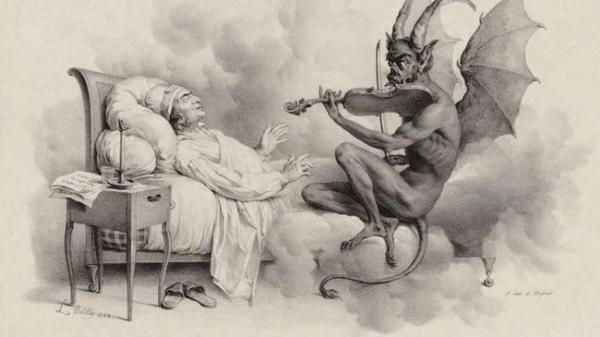
Tartini's dream. Louis-Leopold Boilly, 1824
One of Tartini's works, “The Devil's Trill,” or “The Devil's Sonata,” was believed to have been co-written with an evil spirit. The composer himself liked to say that a demon appeared to him in a dream and offered to exchange the sonata for his soul. This was most likely a special form of self-promotion, which, in the musician's enlightened era, was almost harmless.
It's worth noting that in Russia, the devil's practices differed somewhat from those in Europe. To sell their soul to Satan, an Orthodox Christian was required to sign “denial writings”—special documents containing blasphemies and denials of God's word and Christian relics.
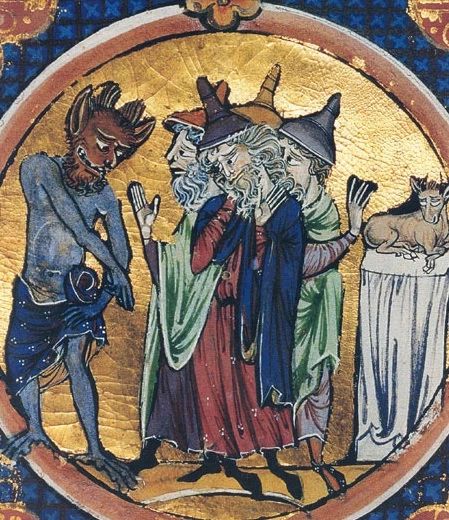
Blasphemous sorcerers served as intermediaries between ordinary citizens and the dark forces of the other world. These people often used home-made spells in their rituals, some of which are truly hilarious.
One of the blasphemous sorcerers of the late 18th century, the Serpukhov peasant Pyotr Yakovlev, communicated with spirits through a basin of water. Over the filled container, the sorcerer recited incantations like this: “Far, far away, in an open field, stands the throne of Christ, and in that throne stands the Most Pure Mother of God.”
Mystical incantations were especially helpful to Peter's clients suffering from impotence: “When someone's secret penis becomes erect.” Mystical powers, according to sources, helped the blasphemer effectively combat other ailments of people and livestock.

The retracted writings of blasphemous writers were considered such blasphemous documents that even in court, the original was not supposed to be preserved. Once the manuscript was read, it was immediately burned with the appropriate Orthodox rites. Instead of a genuine contract, a manuscript composed from memory was used, opening up vast scope for creativity and abuse by monk-copyists and court clerks.
If there was no one to copy the original or there was a need to preserve the real paper, then it was kept with strict instructions: “A letter concerning magic must be kept in the judge’s chamber under seal, so as not to give rise to further temptation.”
Sometimes a petitioner would address the Devil directly, composing “handwritten” letters of abhorrence. Such authors were called “blasphemers of abhorrence” and were persecuted no less than black magicians. Most often, the creator of such a document was interested in a small-scale personal gain: the favor of a young lady, the punishment of an enemy, a promotion.
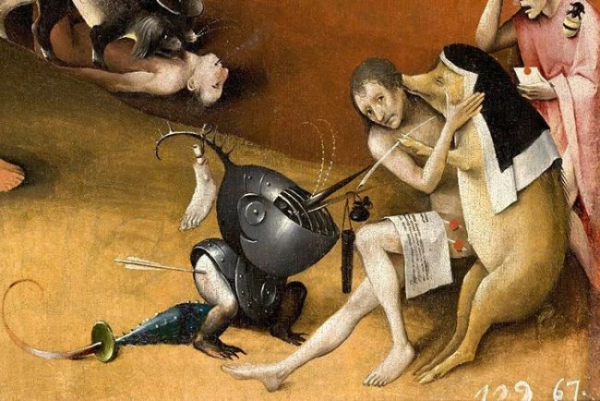
A classic example is the case of Georgy Zvarykin, a monk from the Sarov monastery, in 1733. The young monk appeared at the Moscow Synodal Office with a sincere confession that he had sold his soul to the Devil.
According to the young man, a blind stranger he barely knew directed him to a German named Weitz, who could make “all people good.” The monk went to the foreigner, with whom he signed a contract in an unknown language, for which he received a purse containing a thousand gold coins.
The German tried to persuade Georgy to completely renounce Christianity, promising to fulfill his wishes in exchange. Unable to obtain a coherent answer, the enraged Weitz tore the cross from Zvarykin's chest and began shouting incomprehensible incantations.
Having subdued his guest, the German sorcerer forced him to utter a blasphemous speech: “I renounce Christ and repentance, and am ready to follow Satan and do his will,” and to sign a scroll with his own blood. After this, George visited the German repeatedly, playing chess with him and listening to his blasphemous speeches. The Synod was unable to find the perpetrators of this incident, so they only punished the unfortunate Satanist monk with severe penance.

According to many philosophers, the pact between the devil and man is most often not an act of renunciation of God and Christian values, but rather a unique way of understanding the sacred. A person can consciously strive for evil or be deluded, often attempting to test the strength of religious foundations they once doubted.





